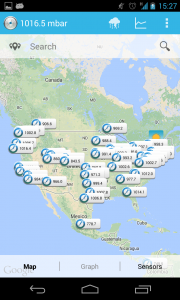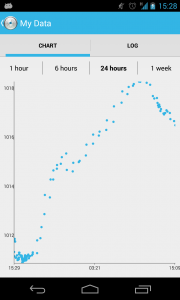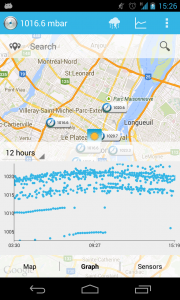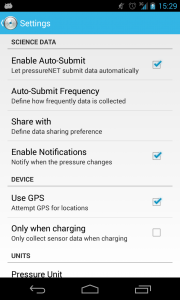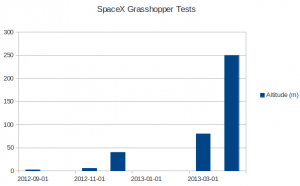Yesterday, Cumulonimbus launched pressureNET 4.0 Beta. The update has a lot of new features like regional graphs, location search, and a host of new options and preferences. We’ve added new units, as well, and support for addition sensors beyond the barometer, such as the hygrometer and thermometer aboard the Samsung Galaxy S4.
We’re testing more than just a new version of our app; we’re testing a new paradigm in smartphone sensor data collection. Our open source pressureNET SDK is a simple library project that Android developers can add to their apps: when started with a simple Android Intent, it will automatically collect and send sensor readings to our (and your) servers. It has minimal impact on battery life and the data is sent directly to atmospheric science researchers who are working with us to improve severe weather forecasting.
If you’d like to help out (and also be a part of this cutting-edge live atmosphere data collection), I appreciate everyone who can help, both in testing pressureNET 4 beta (join this Google+ community, or download directly here) and in testing our SDK – if you’re an Android developer and you’re curious about integrating pressureNET into your apps, check out the project and send me an email. Thanks!
